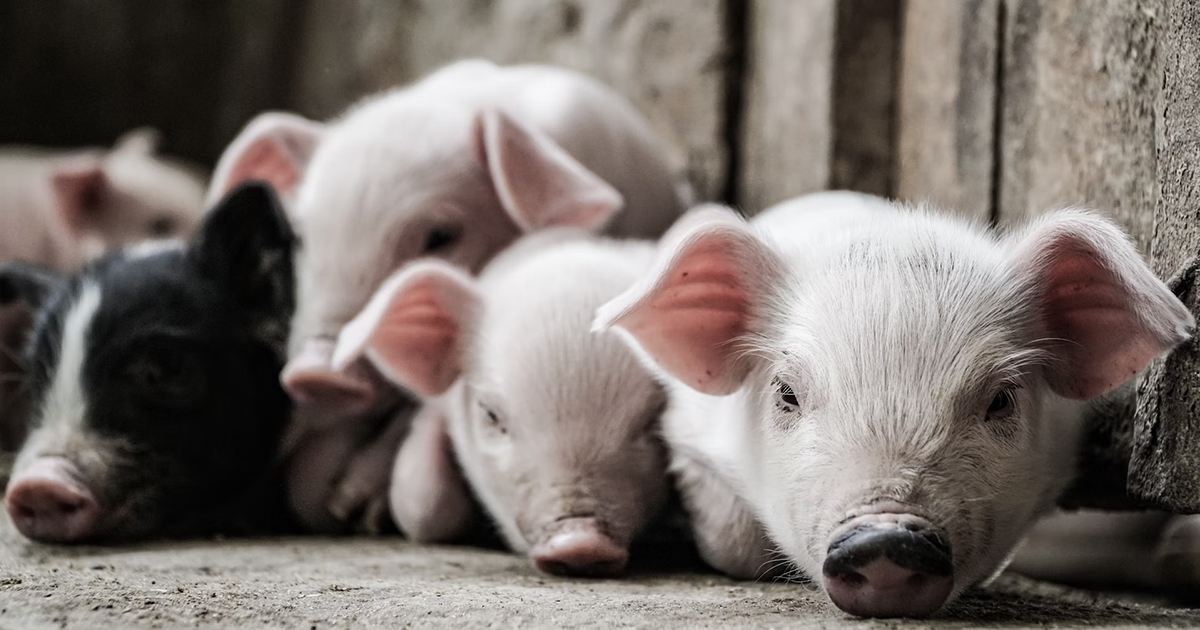- 2.3Impact Factor
- 3.5CiteScore
- 22 daysTime to First Decision
Genetic Diversity, Conservation, and Innovative Breeding in Pigs—2nd Edition
This special issue belongs to the section “Veterinary Biomedical Sciences“.
Special Issue Information
Dear Colleagues,
Genetic diversity represents the heritable variation within and between populations, which is usually associated with economic traits such as disease resistance, growth rates, size, and meat quality characteristics. Thus, the conservation of genetic diversity is essential to present and future breeding.
Therefore, we are pleased to invite you to submit original research concerning the field of pig genetics, investigating the heritability and/or genomic regions associated with pathologies, the exterior, growth, or other traits of interest (coat colors, morphological traits, breed specialization, etc.). The evaluation of genetic diversity in populations, either local or internationally diffused, and the study of domestication, breed development, and history are also topics of interest. In addition, genetic investigations into the relationship between disease and growth are encouraged.
With this Special Issue, we aim to increase the knowledge around the genetic mechanisms underlying disease resistance and traits of interest, thus contributing to pig welfare. Moreover, studying the history and genetic diversity of breeds and populations could aid in their management and conservation. For this Special Issue, original research articles and reviews are welcome. We look forward to receiving your contributions.
Dr. Ligang Wang
Dr. Hongbo Chen
Guest Editors
Manuscript Submission Information
Manuscripts should be submitted online at www.mdpi.com by registering and logging in to this website. Once you are registered, click here to go to the submission form. Manuscripts can be submitted until the deadline. All submissions that pass pre-check are peer-reviewed. Accepted papers will be published continuously in the journal (as soon as accepted) and will be listed together on the special issue website. Research articles, review articles as well as short communications are invited. For planned papers, a title and short abstract (about 250 words) can be sent to the Editorial Office for assessment.
Submitted manuscripts should not have been published previously, nor be under consideration for publication elsewhere (except conference proceedings papers). All manuscripts are thoroughly refereed through a single-blind peer-review process. A guide for authors and other relevant information for submission of manuscripts is available on the Instructions for Authors page. Veterinary Sciences is an international peer-reviewed open access monthly journal published by MDPI.
Please visit the Instructions for Authors page before submitting a manuscript. The Article Processing Charge (APC) for publication in this open access journal is 2100 CHF (Swiss Francs). Submitted papers should be well formatted and use good English. Authors may use MDPI's English editing service prior to publication or during author revisions.
Keywords
- pig
- disease resistance
- pathogenesis and mechanisms of diseases
- biomedical engineering
- genetic diversity
- pig breeding
- morphological traits
- breed specialization

Benefits of Publishing in a Special Issue
- Ease of navigation: Grouping papers by topic helps scholars navigate broad scope journals more efficiently.
- Greater discoverability: Special Issues support the reach and impact of scientific research. Articles in Special Issues are more discoverable and cited more frequently.
- Expansion of research network: Special Issues facilitate connections among authors, fostering scientific collaborations.
- External promotion: Articles in Special Issues are often promoted through the journal's social media, increasing their visibility.
- e-Book format: Special Issues with more than 10 articles can be published as dedicated e-books, ensuring wide and rapid dissemination.

